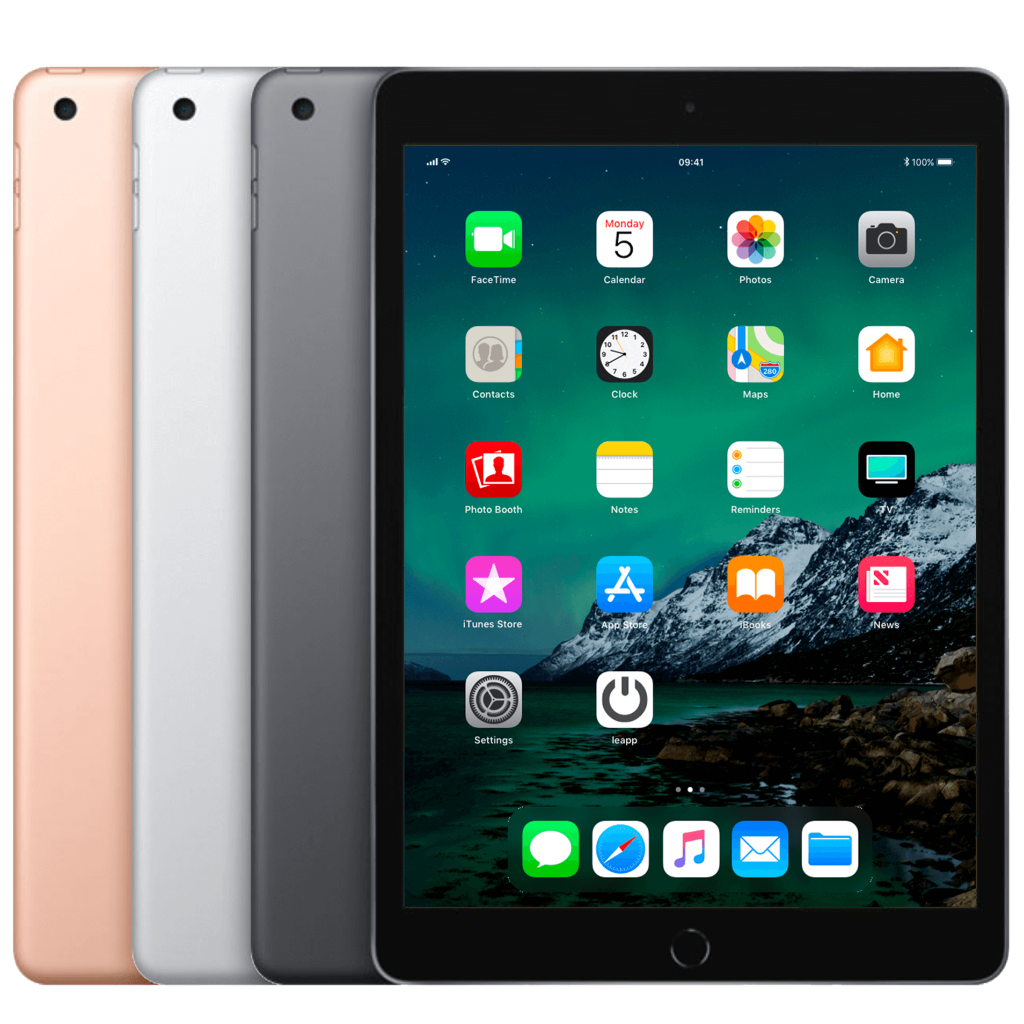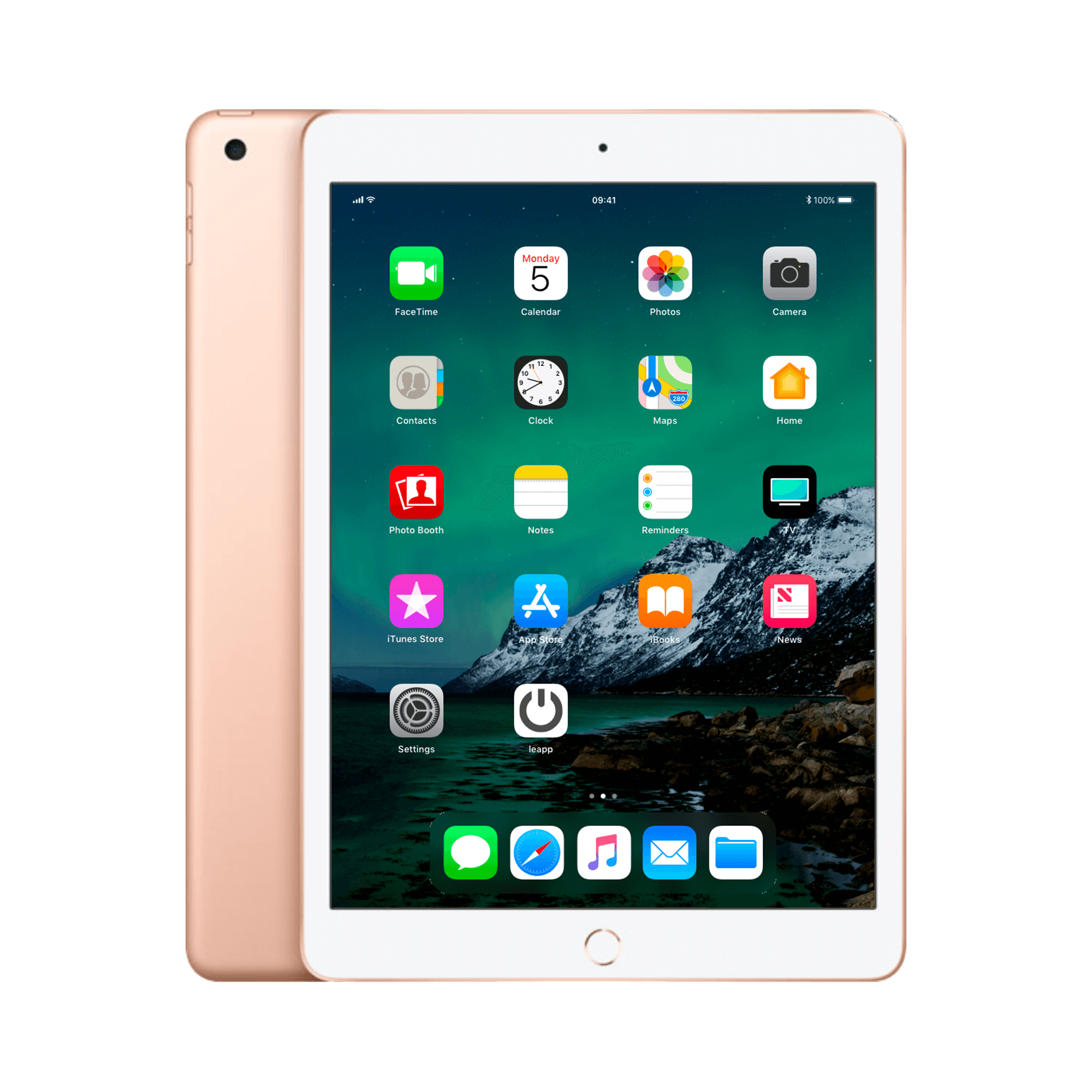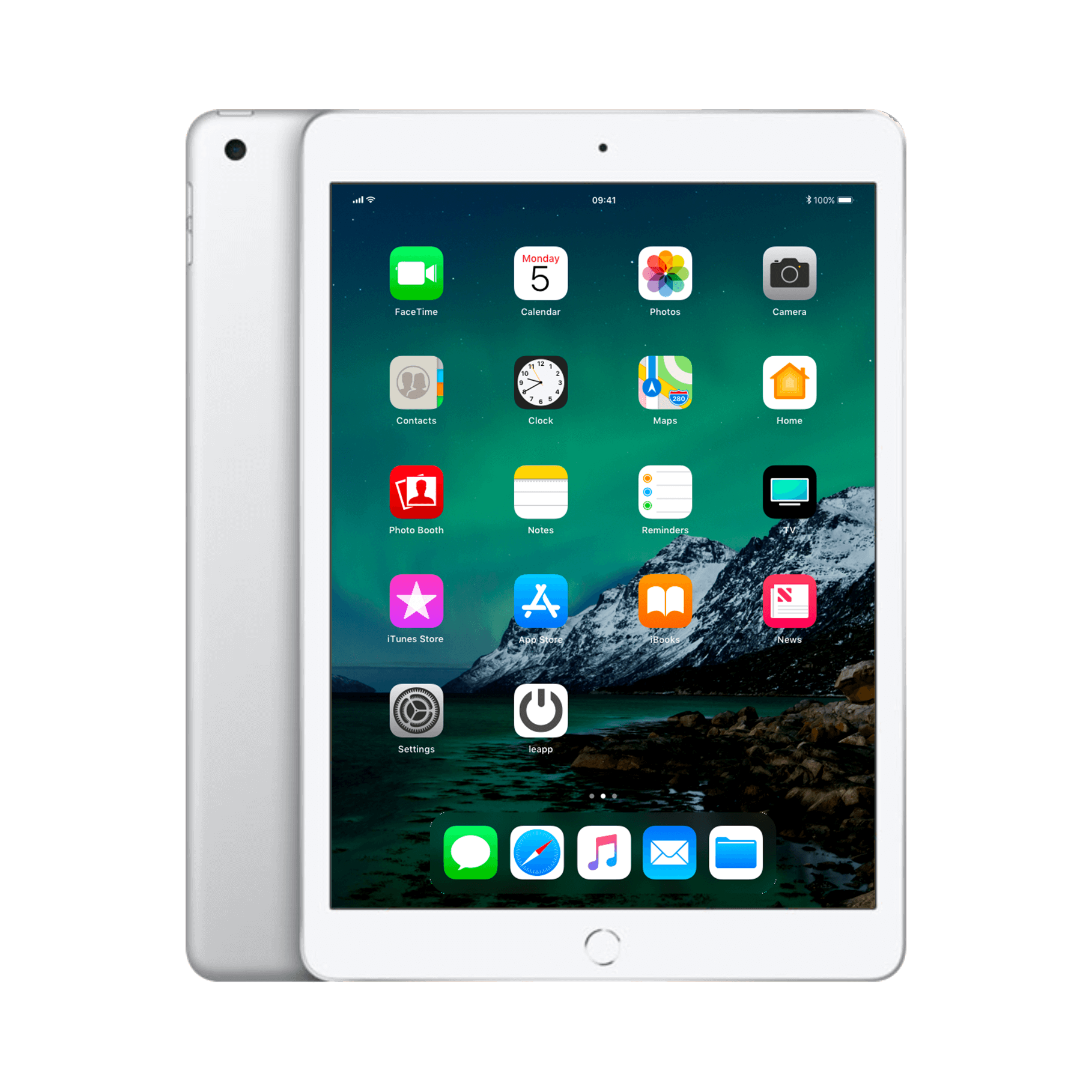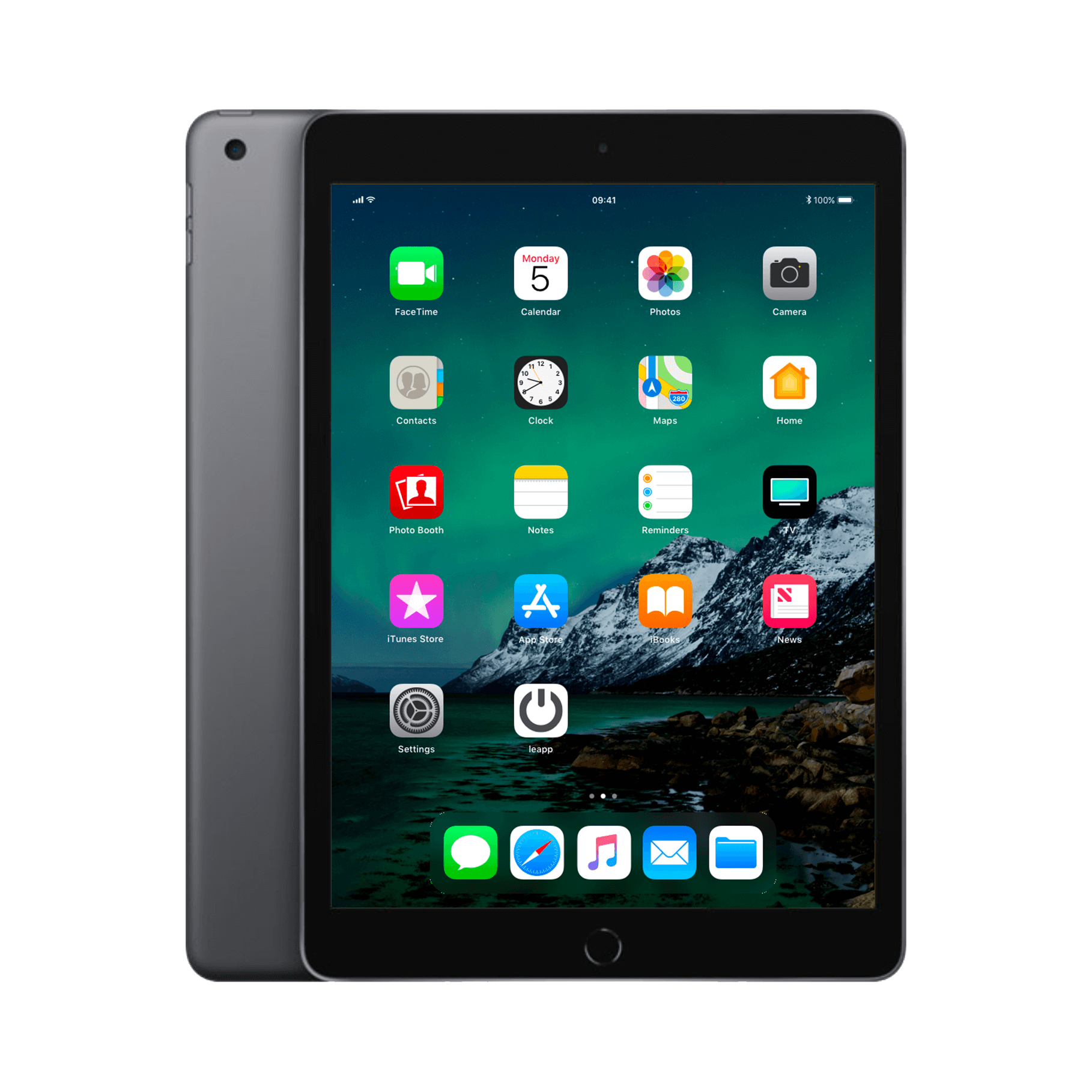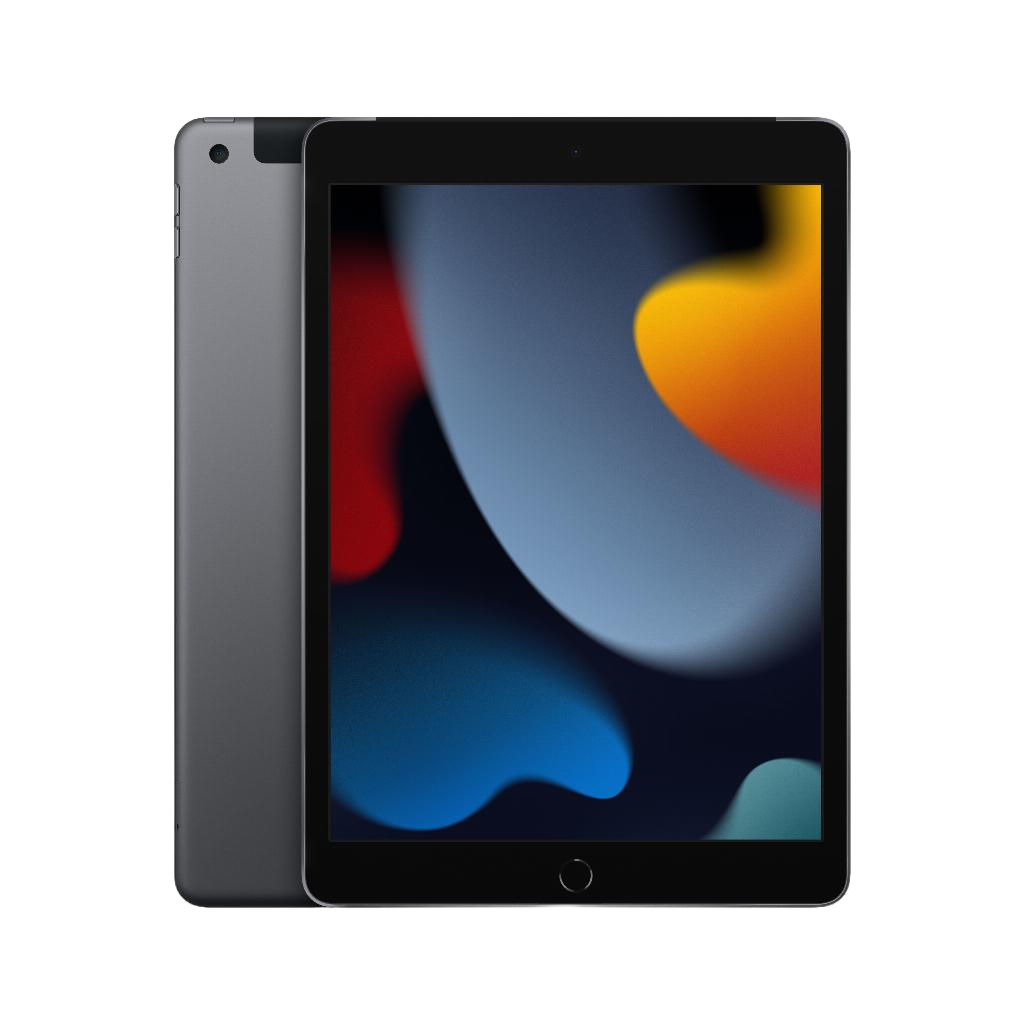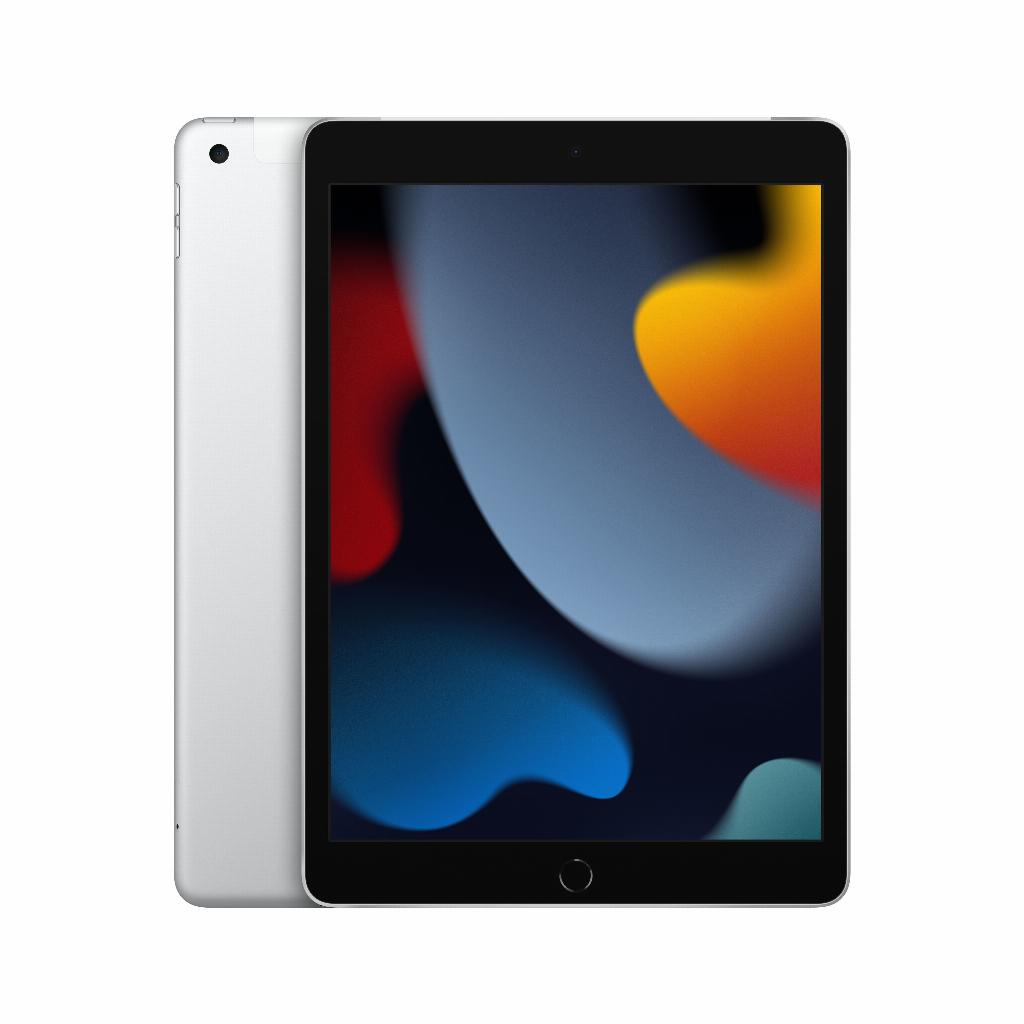Too much choice, too little time
Five different iPad models, dozens of configurations, and you just want a tablet that works. You scroll through specs, compare prices, read reviews. But you'll mostly be using Netflix and a bit of email. Most people buy an expensive iPad Pro, while a refurbished base model is more than sufficient.
In fact: the difference between a 2020 iPad and the latest model? For 90% of users, it's negligible . The same apps, the same speed for daily use, only three times cheaper. That fancy M2 chip? Great for video editing, overkill for your Spotify and news apps. The real question isn't which iPad has the best specs, but which accessories truly make your work easier. Because that keyboard? That makes all the difference .
Useful links
The main differences between iPad models
The iPad landscape consists of four main categories, each with specific strengths. The standard iPad focuses on basic use, while the Mini prioritizes compactness. The Air offers a balance between performance and price, and the Pro delivers maximum power for professionals.
Screen size and portability
The screen size largely determines how you use a tablet. The iPad Mini, with its 8.3-inch display, fits in almost any bag and is ideal for reading while traveling. The standard version has a 10.9-inch screen—large enough for movies, small enough for everyday use.
The Air and Pro models offer 10.9 and 11 or 12.9 inches, respectively. The latter size transforms the tablet into a laptop replacement, but makes it less portable on the couch. However, the larger canvas is indispensable for drawing and designing.
Processing power and daily performance
The chipset determines what your tablet can handle, but the differences are more subtle than the marketing suggests. An A15 Bionic in the standard iPad handles Netflix, email, and browsing just as smoothly as the M2 in a Pro. You'll only notice the difference when performing demanding tasks: 4K video editing, 3D modeling, or running multiple Pro apps simultaneously.
For students taking notes and preparing presentations, the Air is more than sufficient. Graphic designers and video editors certainly benefit from the extra processing power in the Pro models. But for 80% of users? The basic models perform excellently.
Usage scenarios: which iPad suits your work style?
The home user
Streaming, reading the news, video calling with family—the standard iPad excels at this. The 10.9-inch screen displays content clearly, the battery lasts all weekend, and the price remains reasonable. Refurbished models from 2021 or 2022, in particular, offer excellent value. They run the same apps as new models, only for half the price.
The student
The iPad Air is the sweet spot for students. Compatible with the second-generation Apple Pencil for fluid note-taking, powerful enough to multitask between research and writing, yet not as expensive as a Pro. The Smart Keyboard Folio transforms the device into a compact study computer.
Note: The basic 64GB version fills up quickly with study materials. The 256GB version prevents mid-semester frustration.
The creative professional
For photographers, illustrators, and videographers, the iPad Pro justifies its premium. The ProMotion display with a 120Hz refresh rate makes drawing more natural, the extra RAM keeps demanding projects running smoothly, and the Thunderbolt port connects external drives and monitors.
The 12.9-inch model with mini-LED technology displays colors more accurately—essential for professional image editing. But keep in mind: this investment is only worthwhile for intensive creative work.
Storage and Memory: How Much Do You Really Need?
Manufacturers are pushing higher storage capacities, but cloud storage changes the equation. With iCloud, Google Drive, or Dropbox, you can store documents and photos online. Local storage is reserved for apps and offline content.
For basic use, 64GB is sufficient. Gamers and Netflix downloaders will benefit from 128GB. Video editors and music producers? At least 256GB, preferably 512GB. The Pro models with 1TB or 2TB are especially relevant for professionals who store entire project archives locally.
RAM is rarely specified, but it significantly impacts multitasking. Standard iPads have 4GB, Air models 8GB, and Pro versions up to 16GB. More RAM means smoother app switching and more stable performance during heavy tasks.
Accessories: the hidden costs
An iPad without accessories is like a car without tires—functionally limited. The Apple Pencil (first or second generation, depending on the model) costs between €80 and €140. A decent keyboard starts at €180 and goes up to €400 for the Magic Keyboard.
Protective covers range from €15 for basic models to €100 for premium leather versions. Screen protectors are recommended for heavy use – €20 to €40 will prevent expensive repairs.
Add these costs to your budget. A "cheap" iPad with all the accessories can be more expensive than a higher-end model without extras.
Refurbished versus new: the smart choice
Refurbished iPads undergo a thorough inspection, receive new batteries if needed, and come with a warranty. A two-year-old Pro model often performs better than a brand-new entry-level iPad, at comparable prices.
The differences between generations are incremental. A 2020 iPad Air with an A14 chip runs iOS 17 flawlessly and will remain supported for years to come. In daily use, you'll barely notice any difference compared to the latest model.
What to look for when buying refurbished
- Battery condition: at least 80% capacity
- Screen quality: no dead pixels or discoloration
- Warranty: at least 12 months of coverage
- Accessory compatibility: check whether desired accessories fit
Practical selection aid
Choose the iPad Mini if:
- Mobility is a priority
- You mainly read and browse
- Big phones are too small, tablets are too big
Choose the standard iPad if:
- Budget is important
- Entertainment is central
- Children using the appliance
Choose the iPad Air if:
- You want to work productively
- Design apps are used occasionally
- Future-proofing matters
Choose the iPad Pro if:
- Professional software running daily
- The device that replaces your laptop
- Maximum performance is required
Conclusion: focus on usage, not specs
The perfect iPad doesn't exist – but there is a perfect match for your situation. Analyze your actual usage: how many hours per day, which apps, which tasks? The answers will lead to the right model.
Seriously consider refurbished models. The savings often finance essential accessories that actually boost your productivity. A two-year-old iPad Air with a keyboard outperforms a new standard iPad without accessories in usability.
Avoid the trap of over-technological overload. That M2 processor? Impressive on paper, irrelevant for Instagram and Mail. Invest in good accessories and sufficient storage rather than the latest chip that never fully utilizes your capabilities.
Conclusion: look at your actual usage
Stop comparing specs and focus on what you actually do with a tablet. For watching movies and emailing, a refurbished base model is perfectly sufficient – you won't be using that M2 chip in the latest Pro anyway. Save hundreds of euros and invest that money in a good keyboard or pencil .
In practice, that makes more of a difference than the processor inside. The best iPad? The one that suits your needs and budget , not what Apple is trying to sell you.


